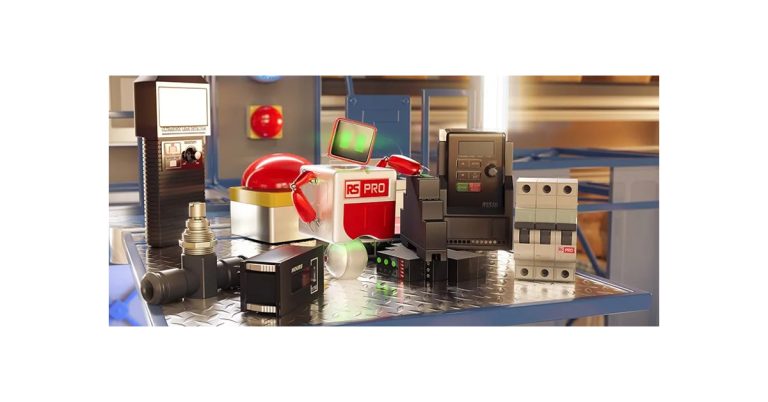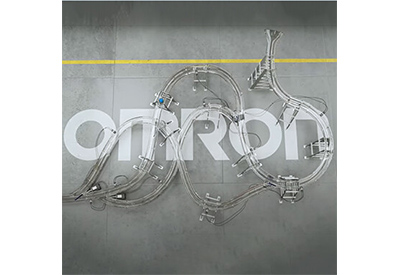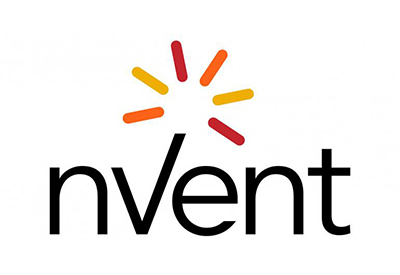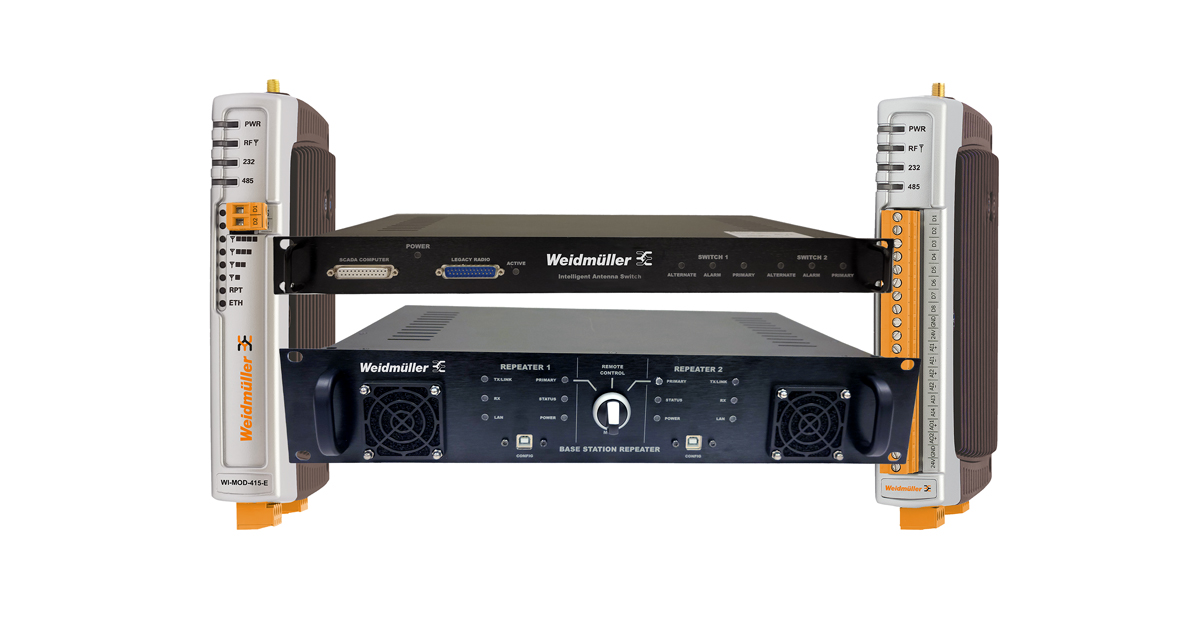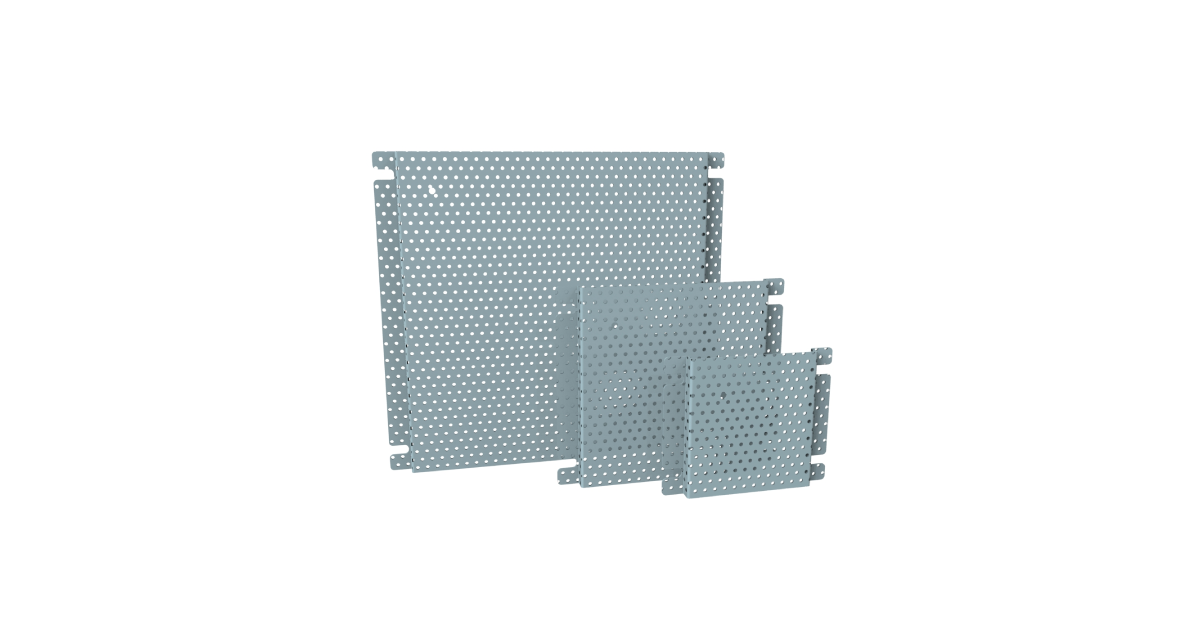Three Ways That CIP Safety Benefits Machine Builders
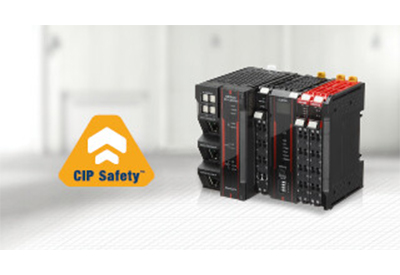
 September 14, 2020
September 14, 2020
CIP Safety – short for “Common Industrial Protocol” – is designed to provide fail-safe communication between different nodes on a safety network, including safety programmable logic controllers (PLCs), safety light curtains, safety door switches and more. It also makes it possible to use different networks with a shard protocol.
By enabling manufacturers to incorporate both safety devices and standard devices into the same network (which means using just one cable), CIP Safety enhances flexibility and provides several advantages for machine builders. Let’s take a look at some of these.
1. It reduces the time and effort needed for wiring.
With most safety networks, you must wire EACH safety device (which, in the case of a robot, can mean multiple individual devices) back to the safety PLC. Safety involves redundancy, which means that each device will have at least two wires, and installation will be a very time-consuming activity.
CIP Safety, on the other hand, can be run over common network cabling, so it doesn’t create a need for special hardware, and the safety PLC can be located anywhere. It doesn’t matter whether you have a centralized or decentralized safety system. Since it’s not necessary to wire devices point-to-point, CIP Safety dramatically reduces wiring time and effort.
Furthermore, all communications go through a single Ethernet cable, making it easier than ever to acquire necessary information for managing complex interactions between humans and machines.
2. It provides more diagnostic information.
Because CIP Safety supports integrated architecture, it’s possible to view the health of each module and other status information through messaging as well as the configuration bytes of the modules themselves.
Without CIP Safety, it can get tricky when you’re using third-party devices in your machines. Users will need to go to the control box specific to each device to retrieve diagnostics, and not all relevant information might be available. With CIP Safety, however, all necessary data can be gathered from the HMI for easier access and monitoring.
3. It offers greater flexibility.
CIP Safety also supports flexible manufacturing because it’s easier to make changes to the system. With a single cable going back to the PLC, it’s incredibly easy to add or remove a device. Furthermore, the reduction in wiring back to the safety PLC means that many more layout options are available, and you can readily adjust your production according to demand.
What’s more, CIP Safety works easily with Omron’s Sysmac platform to save time on design, programming and troubleshooting. When using Sysmac, it doesn’t matter whether you’re working with CIP Safety or Safety Over EtherCAT – you can use any tools that are part of the platform. (This includes Automatic Programming, which can reduce development time by 25%.)
![]()
https://automation.omron.com/en/us/blog/cip-safety-blog


